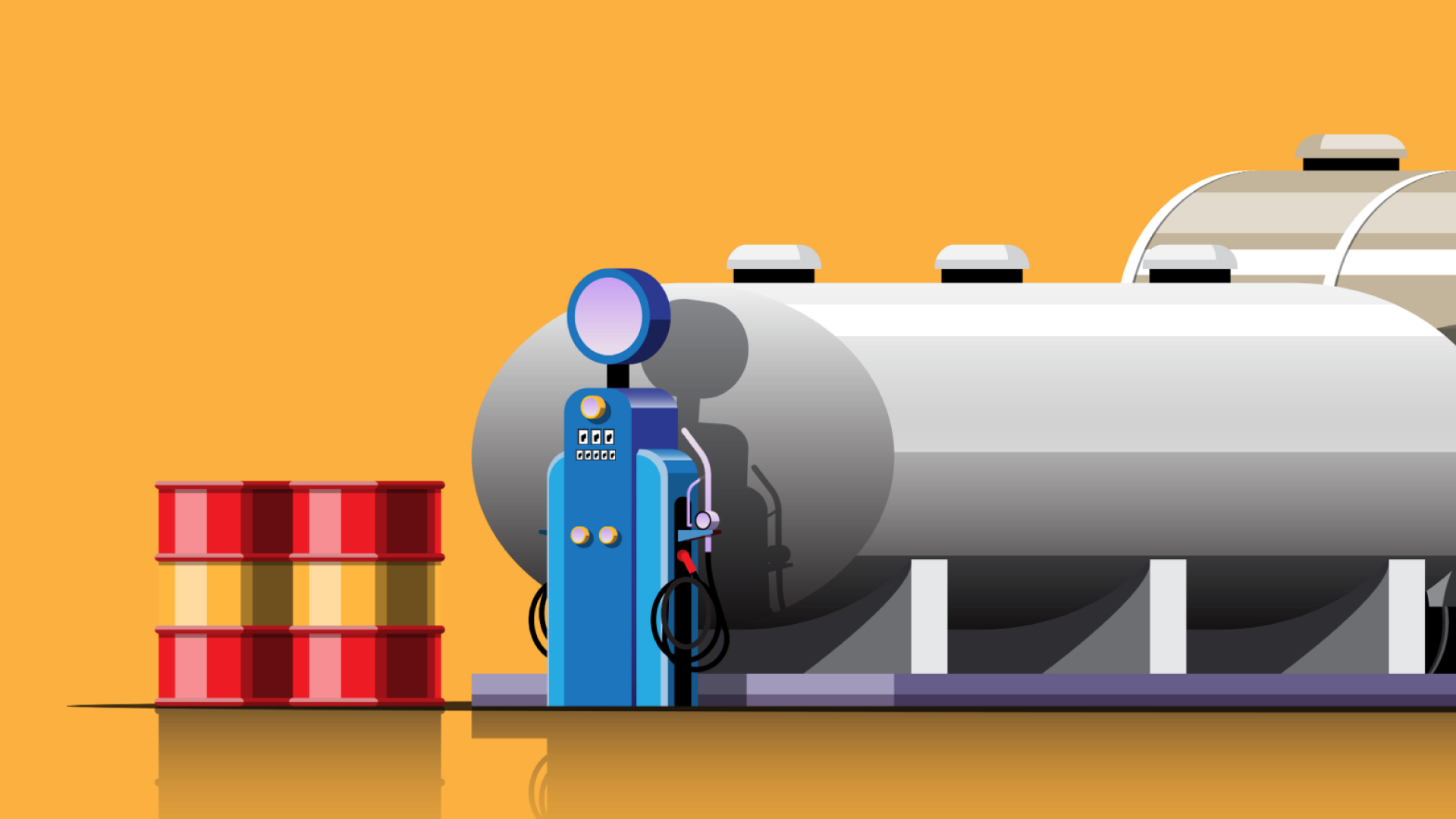Ensuring the proper installation and management of fuel storage tanks is essential for the safe and efficient operation of gas stations across the United States. When station owners follow federal and state regulations—especially those set by the Environmental Protection Agency (EPA) and technical bodies like the Steel Tank Institute (STI) and the American Petroleum Institute (API)—they protect their investments, the environment, and the communities they serve.
Benefits of underground fuel storage
Underground Storage Tanks (USTs) offer multiple advantages that go beyond simple space-saving. They actively contribute to the safety, performance, and sustainability of gas stations.
Enhanced protection from external threats
First and foremost, placing tanks underground shields them from fires, weather damage, and physical tampering. Because the soil limits oxygen exposure, it naturally reduces the risk of combustion. Moreover, station owners often install USTs with double-walled construction and corrosion-resistant materials, further enhancing safety.
Promotes operational efficiency
In addition to safety, underground storage frees up surface area, allowing stations to maximize traffic flow and service capacity. This design choice helps gas stations operate more efficiently, especially in busy or space-constrained urban areas.
How to choose the right storage tank
To ensure both safety and compliance, operators must consider several key factors when selecting a fuel storage tank.
Match tank size and type to demand
Fuel tanks come in various sizes and configurations. In the U.S., capacities typically range from 4,000 to 20,000 gallons. For most mid-sized stations, a 10,000-gallon tank meets both demand and regulatory requirements. Owners must also consider the type of fuels sold, local zoning laws, and customer traffic when deciding on tank size and layout.
Prioritize certified and compliant equipment
Choosing tanks that meet EPA standards, carry UL certification, and follow NFPA guidelines ensures quality and regulatory compliance. By investing in certified equipment, station operators reduce liability and avoid costly repairs or penalties.
Follow proper installation and maintenance procedures
Installing fuel tanks the right way from the start sets the foundation for long-term success. More importantly, it’s required by law.
Install according to federal and state guidelines
Certified professionals must install all USTs according to a detailed site plan. During installation, contractors must include essential safety systems such as spill containment, overfill prevention, corrosion protection, and leak detection devices. According to EPA regulations (40 CFR Part 280), stations must keep full documentation and pass regular inspections to maintain compliance.
Maintain and monitor regularly
After installation, operators must regularly inspect tanks, monitor fuel levels, and test leak detection systems. The EPA mandates monthly leak detection checks, annual equipment testing, and immediate action if any discrepancies appear. For instance, if fuel loss exceeds expected limits, operators must investigate and resolve the issue without delay.
Ensure compliance to protect workers and the environment
Compliance is not just about avoiding fines—it’s about protecting people and the planet. By following a structured maintenance plan and keeping detailed records, station owners can quickly identify problems, prevent environmental contamination, and reduce the risk of accidents.
Furthermore, operators must complete EPA Class A/B/C training to understand their responsibilities and operate stations safely. Training programs equip teams with the knowledge to respond quickly and correctly in case of emergencies.
A safer, smarter approach to fuel storage
In conclusion, when station owners commit to safe, efficient, and compliant fuel storage, they position their business for long-term success. Underground storage offers not only safety and environmental protection but also practical advantages that improve daily operations. By selecting certified tanks, installing them with care, and maintaining them diligently, fuel stations can thrive in a competitive market while fulfilling their legal and ethical responsibilities.
Adopting these best practices helps station owners earn customer trust, meet regulatory standards, and contribute to a cleaner, safer future.
Want to make a difference and ensure the success of your gas station? Rely on the support of the only business group exclusively dedicated to the fuel station sector in Brazil, with over 25 years of expertise and personalized consulting services. Contact us for more information!
With Petrol Group, you have everything for your fuel station in one place!
Learn more about: Is it worth developing a small gas station project?


